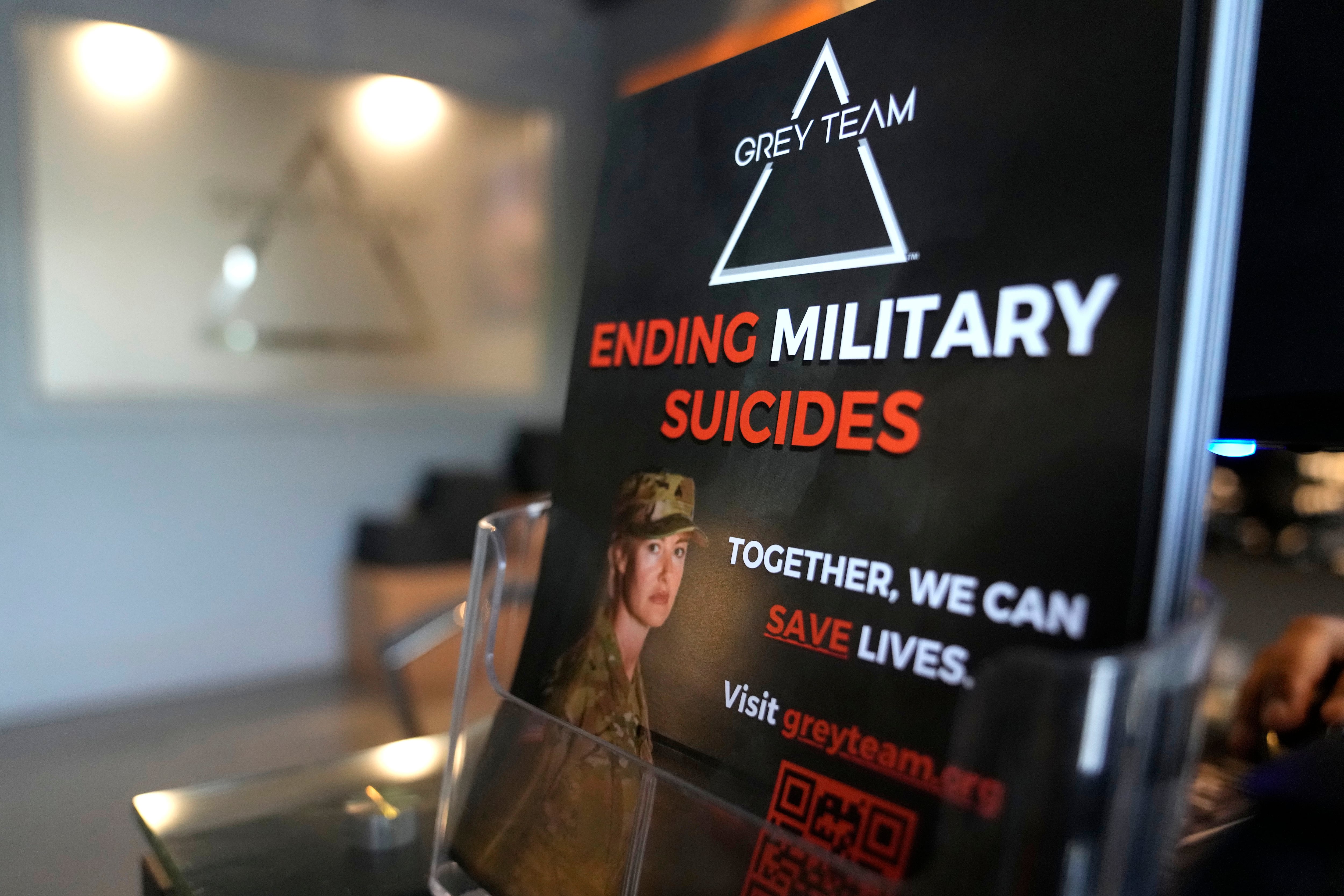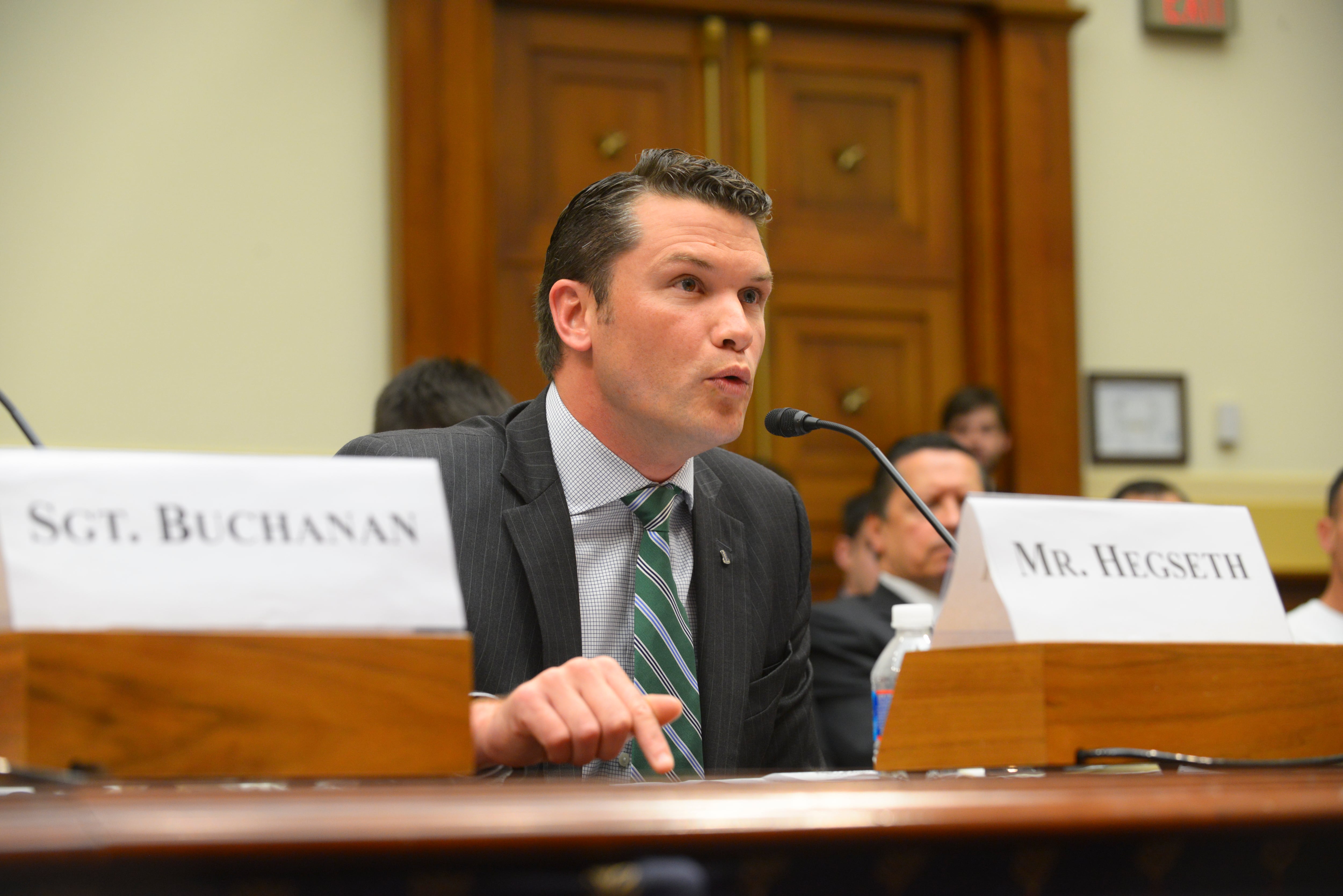Hollywood celebrities aren't the only ones whose tweets go viral these days. Some military leaders are taking to social media just as other government leaders and agencies are.
The Central Intelligence Agency, for example, made headlines in June with its first tweet: "We can neither confirm nor deny that this is our first tweet." It was shared more than 50,000 times in its first hour. Congress and Cabinet members and other political folk — dubbed the "Hollywood for ugly people" — are also becoming widely popular on social media.
"Verified" accounts — Twitter's way of confirming a popular tweeter's identity — have been granted to some of the top brass in the military: Army Gen. Martin Dempsey, chairman of the Joint Chiefs (@Martin_Dempsey), and Army Chief of Staff Gen. Raymond Odierno (@GENRayOdierno) keep the conversation going about military leadership at work. And the Air Force's Brig. Gen. John Michel, commanding general of the NATO Air Training Command in Kabul, Afghanistan (@JohnEMichel), has acquired more than 159,000 Twitter followers by staying active on social media and by promoting U.S. military leadership on his website, GeneralLeadership.com.
"Social media is really a cross-boundary tool — it's a force multiplier, and a way to engage people in rich conversation about things that matter to both sides [military and nonmilitary]," Michel said in an interview with Air Force Times.
Michel's call to social media ramped up after he saw a Washington Post opinion piece, "The military needs to reach out to civilians," written by Dempsey last summer. Dempsey wrote: "We should tell our stories and recognize that those who aren't in uniform might not know what to say or ask. We also have a duty to listen. Our fellow citizens may have different perspectives that we need to hear and understand."
"I agree wholeheartedly with the chairman," Michel said. "We could — and must — do better at engaging with the citizens we serve."
Michel said he finds it "really cool" that Twitter allows both public conversations with all of a user's followers and private conversations between a user and one follower.
And as his tweets show, highlighting world events is possible in 140 characters — along with photos, videos and links.
"Here in Afghanistan, we're building an air force in a war zone. And people love being part of this story. And Twitter allows, more than any other tool, to richly share these experiences and make them a part of our story in a way that's particularly compelling," Michel said.
The use of Twitter itself can become the story. During the 2014 World Cup in Brazil, Twitter users could track the number of tweets during specific games by watching a real-time global heat map. Similarly, Air Force Global Strike Command commander Lt. Gen. Stephen Wilson told an Air Force Association congressional breakfast on June 24 that Twitter was his source for monitoring a pair of B-2s and F-16s approaching Osan Air Base, South Korea, last year during a spat between the U.S. and North Korea. The idea was for the aircraft to fly low enough near Osan to be photographed and for that news to circulate around the world through social media; thus indirectly, the flights became the show of force the U.S. intended.
"The way the world communicates has changed — information spreads more rapidly, news is reported real-time and people are more connected than ever before," Wilson said in an email to Air Force Times. "Twitter has become a key component in my communication efforts, because combined with those dynamics is the fact that if you don't tell your story, someone else will."
And Twitter, or any social media platform, can spearhead another story platform: Michel and Col. Matthew Fritz, chief of staff of NATO Air Training Command, together created GeneralLeadership.com, a website that features bloggers — E-7s and E-8s, lieutenant colonels and above, and retired top brass from all service branches — who connect with the general population to share "what we have learned serving our nation across the globe," Michel said.
Most of the 6,000 subscribers to their site don't have any military experience, Fritz said, so the leaders are communicating with the American public at large.
"This is a conversation that we are having with our Twitter followers, as well as our LinkedIn followers, and even Google," Fritz said. "So something that might start on the website becomes an open conversation, and it's amazing how much we can learn, they can learn and what we can learn from each other."
The website is a personal venture done on their personal time, and is not sanctioned or sponsored by the Defense Department, Fritz said. But the authors and curators follow DoD safe posting and safe social media practices. And Michel and Fritz help nurture new authors with editing tips, blog posting, and increasing social media activity.
"The fact is, the vast majority of young people in our various service branches are very social-media savvy … which makes it all the more important to try and connect to them in ways that are relevant and comfortable for them," Michel said.
And while the communication is not face-to-face, it's not any less valuable. Michel said he connects "to folks before they go to basic military training [about] how you can succeed, to people who are in Airman Leadership School, and to young officers."
Wilson said it gives him another chance to gain insight into "differing opinions and get a near real-time pulse on discussions that involve my command."
"I enjoy the ability to quickly highlight Global Strike airmen and mission to potentially more than 1,500 followers, the majority of whom I will never have the chance to meet face-to-face," he said. "Whether I'm visiting a base and I take photos with airmen and tweet immediately, or tweet an article highlighting airmen, my goal is to communicate [who] Global Strike airmen are and that their work directly contributes to the security of this nation."
Michel and Fritz said they would encourage more leaders to get on social media platforms.
"People who are hungry to have a conversation about leadership, about character, about responsibility, integrity... those are the people who interact with us, and now, more active-duty and retired senior leaders are reaching out to us because they have important things to say; there's an important conversation to be had," Fritz said.
This story was updated August 13, 2014.





